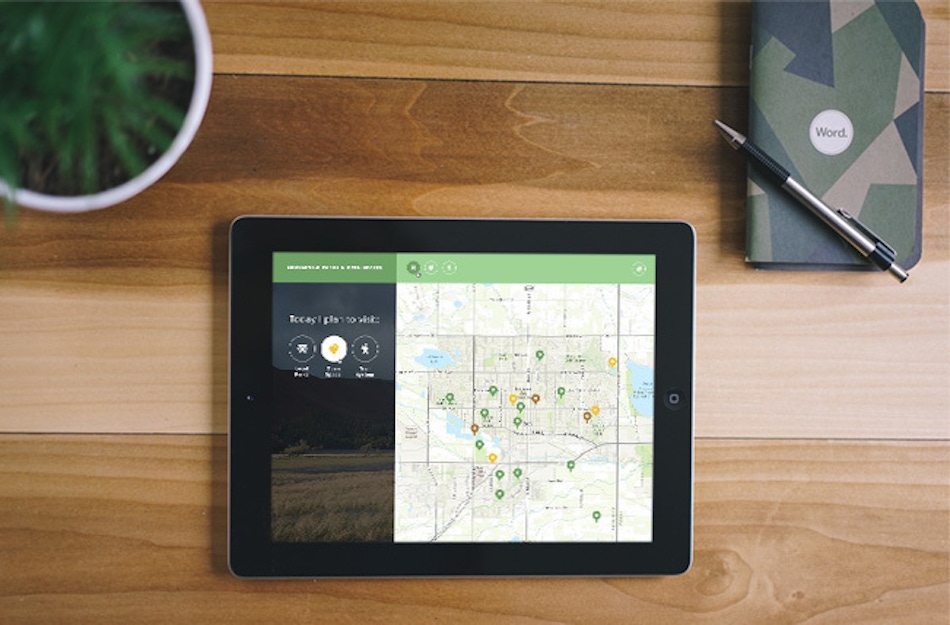
The real estate industry, while slower to catch on, has not been an exception to this movement, and over the past few years has given rise to a new niche of technology: PropTech.

The real estate industry, while slower to catch on, has not been an exception to this movement, and over the past few years has given rise to a new niche of technology: PropTech.
Over the past two decades, the rise of technology and the ubiquity of mobile devices have disrupted entire industries and ushered in a new era of business leaders. The leaders of today are organizations that embrace this change and use design and technology to facilitate better customer and user experiences. Companies such as Airbnb and Uber have made booking travel and finding a ride far easier, faster and more convenient than older, outdated methods.
The real estate industry, while slower to catch on, has not been an exception to this movement, and over the past few years has given rise to a new niche of technology: PropTech.
PropTech is a broad term used to describe startups and innovations that are revolutionizing the way real estate is designed, built, developed, and managed, and is transforming the ways cities are planned and built.
In 2019, a real estate project having a website is not a nice-to-have, but an expectation. Investors, tenants, visitors, and the community want to learn and interact with projects far before the ground breaks. Nowadays, we all run our lives through our mobile devices, and developers must keep pace by designing projects with technology, connectedness, and user experience in mind.
From a marketing perspective, PropTech brings innovations allowing a project to go far beyond emailing sales brochures and static floor plan renderings. A project can now take a “digital-first” approach to their marketing, incorporating digital storytelling, integrated e-commerce and booking, all with data and visitor analytics wrapped in.
Virtual and augmented reality is another thriving area in the PropTech landscape. Advances in these technologies can turn flat static renderings into high-fidelity realistic representations of a project that users can see and interact with. Visitors can visit a site on their phone, tablet or laptop and get excited years before they might physically step foot in the completed product.

Beyond marketing, PropTech has the potential streamline and improve the community engagement process of a project. As nearly all developers have experienced, community meetings for projects can be inefficient, unproductive, and generate poor attendance based on time and venue.
However, in recent years, digital engagement tools integrated into a project’s website can be used to reach a larger audience of community members and more efficiently collect data and feedback from them. Greater feedback allows developers to deliver more community-aligned projects, which benefits projects—and cities—overall.
Tools blending advances in mapping technology and with civic data have the ability to provide new types of digital experiences allowing people to explore and understand their community like never before.
As an example, over the past several years Authentic partnered with the City of Broomfield to build an interface allowing residents to search and explore parks and open space in the city. Essentially, the tool took a repository of data and transformed it into something far more digitally accessible and informative for users.

As PropTech continues to gain traction and find new ways of creating value in the real estate development process, those embracing these types of technologies will rise as new industry leaders. Though PropTech is a broad term encompassing a vast range of platforms, apps, and technologies, it should be viewed with excitement for the way it has and will continue to revolutionize the entire real estate industry.
Subscribe here to get our short and sweet monthly newsletter!